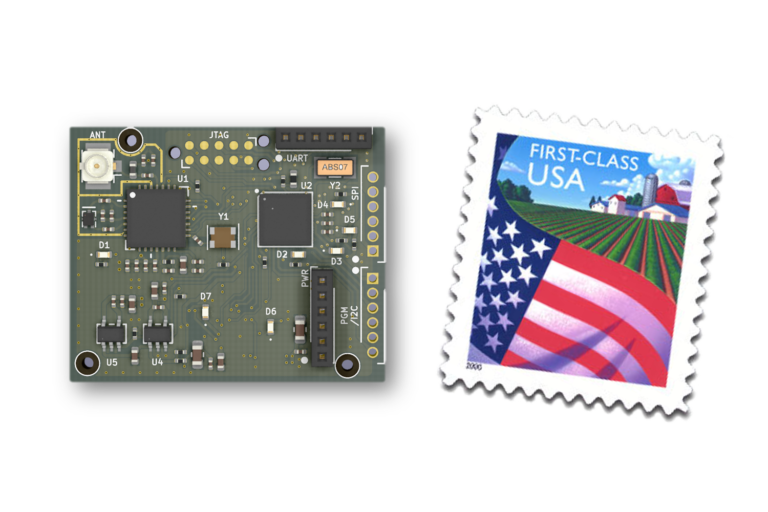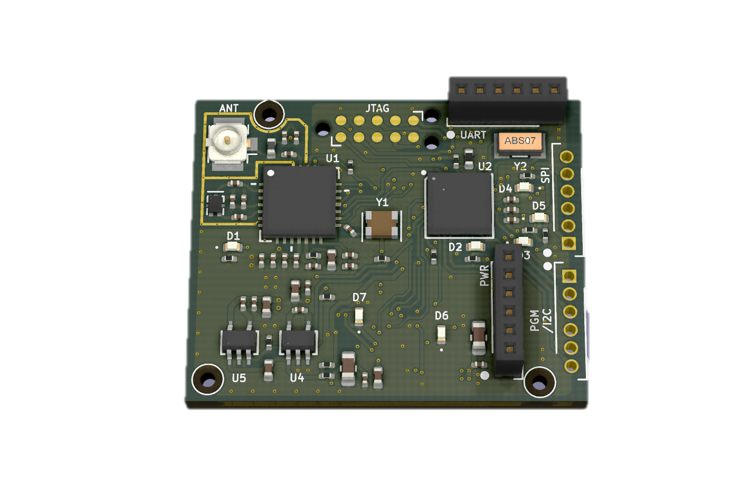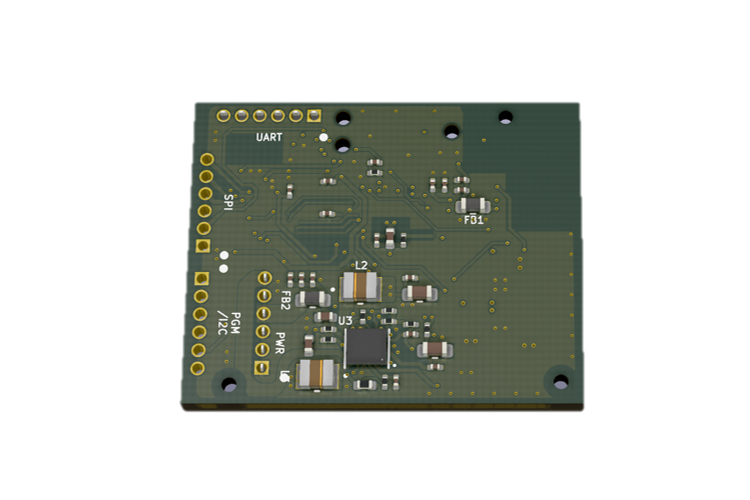REDUCE GNSS chipset POWER by 90% or more
How long can your GNSS chipset last?

Ultra
Low Power
Stamp-sized
evaluation module
Cloud-processing or
Autonomous
Ultra compact message formats (11+ bytes)
Highly
Customizable
Specifications
- Stamp-sized 22 x 27 mm module
- U.FL antenna connector
- UART, SPI, I2C & Power connectors
- Onboard ARM Cortex-M4 MCU
- Ultra compact message formats (11 – 79 bytes)
- Autonomous or cloud-based processing
- Reference design available


Are you ready?
“
There will be 75.4B IoT devices around the world by 2025 and global sales of IoT spending will have reached $1.29T in 2020. Most of these devices will require some form of geolocation functions.
Ideal for IoT applications
Imagine the freedom of a battery friendly GPS receiver that can last for weeks, months or even years using only a small coin-cell battery?



Benefits
Ultra Low Power Consumption
Leveraging our patented technology, our receiver consume up to 90% less energy than GPS chipsets.
Ultra fast 2ms captures
Our patented technology can capture a position using as little as 2 milliseconds of GPS signals.
Flexible Operating Modes
Our architecture provides system designers with flexible operating modes to minimize energy consumption.
Low Cost ARM Cortex-M4 MCU
Our technology is software-based that is designed to run on low-cost ARM Cortec M4 MCU's.
Multiple Evaluation Kit Platforms
Multiple evaluation platform and options are available for different application requirements.
Customized Receiver Design
We can customize our GPS receiver technology to suit your unique application requirements.
How does it works?
3 Simple Steps
Step 1: CAPTURE
Compared to GNSS chipsets, our receiver only turned on to capture milliseconds of satellite signals each time you need a position update. Once the capture is complete, the receiver is turned off to save precious battery power.
Step 2: PROCESS
Our patented signal processing algorithm was designed to run super efficiently on either a low-cost ARM Cortec-M4 class MCU or at a cloud server. We offer three flexible processing modes that gives system designers ultimate control over how and when signal is processed.
Step 3: SLEEP
Traditional GNSS chipset has conditioned us to expect it to be left ON to continuously track satellite . To conserve precious battery power, our patented signal processing algorithm operates counter-intuitively by forcing the receiver to be OFF in deep sleep most of the time.
